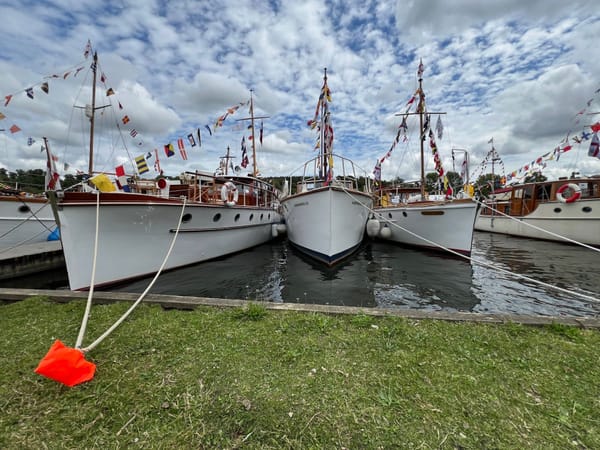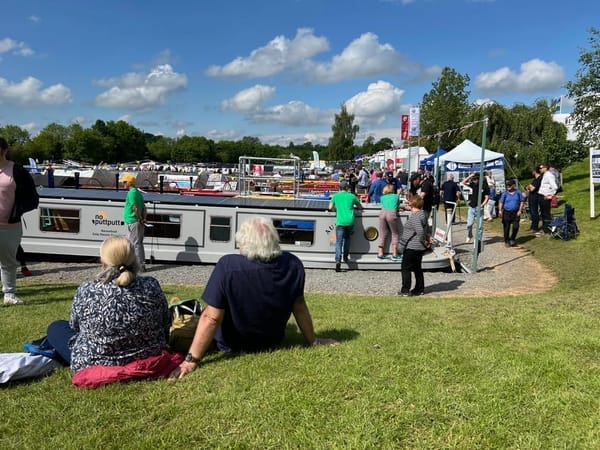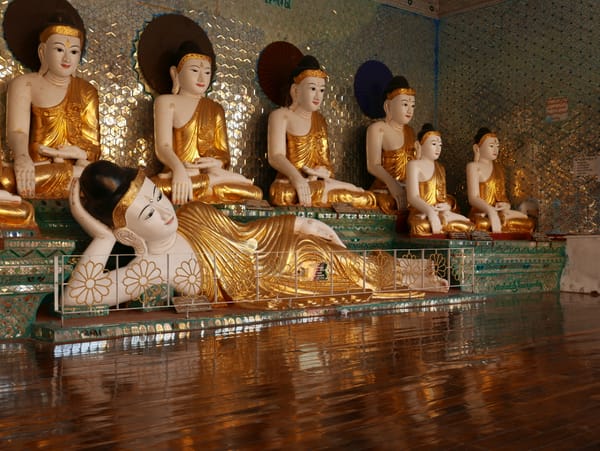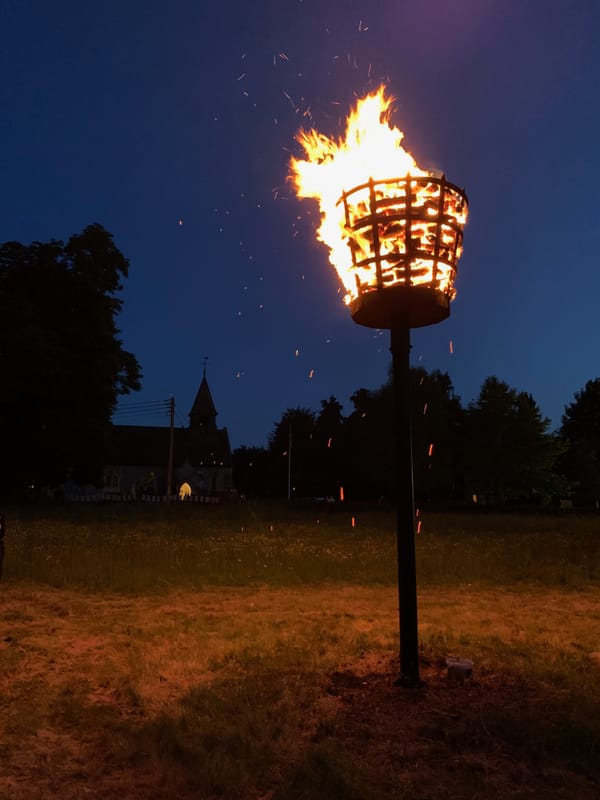Singapore — Imbiah Gun Emplacement and Lookout, Sentosa, Singapore
A military relic at the top of Mount Imbiah
June 2015
As early as 1819, fortifications were built around Singapore Island to protect the new trading settlement at the Singapore river. The earliest fortifications were small earthen batteries at the river mouth with extra forts later added across the island.
The switch to steamships and the opening of the Suez Canal in 1869 caused a shift in trading from the Singapore River to Keppel Harbour. The harbour and its associated warehouses, offices, and coal stores needed protection. As a result, a series of coastal forts were built in the 1880s around the entrance to the harbour and on the nearby islands of Pulau Blakang Mati and Pulau Brani. Mount Imbiah was part of this fortification process.
In the 1930s, a naval base was built north of Singapore to defend against the Japanese.
During the Second World War, the defence of Singapore was organised into two rings of Fire Command — Faber Fire Command, which protected the entrances to the harbour, and Changi Fire Command, which covered the entrance to the naval base on the north of the island.
The gun emplacement on Mount Imbiah contained a 9.2-inch gun (maximum range of 36,700 yards; about 21 miles or 34 km), which was the main type of coastal defence gun used by the British from the 1880s to the 1950s.
The gun was placed in a reinforced concrete pit, with the barrel just above the parapet. The gun was on a steel platform, which also surrounded the gun and formed a protective roof. Ammunition was brought to the underground magazines by lifts, and the shells were loaded with the aid of a hydraulic hoist. The gun was fired either directly or from a fire control centre.
The firing pit can still be seen on Mount Imbiah and is shown in the photos below.
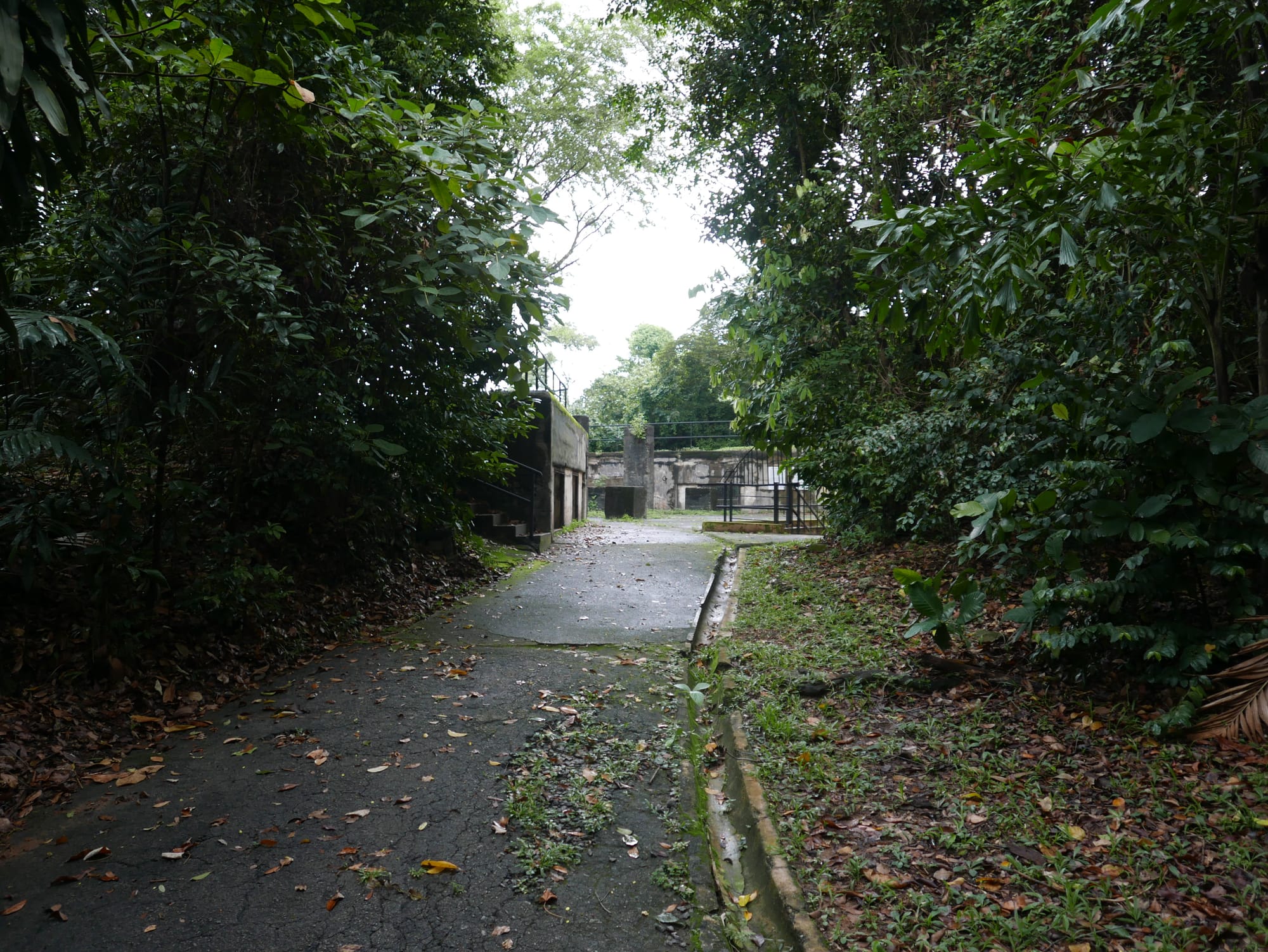
The photo below shows the pit and the gun mount.

A view of the gun pit from a nearby tower.
When the gun was in operation, the top of the hill was clear of trees, and the growth seen here has happened since the mid-1960s.
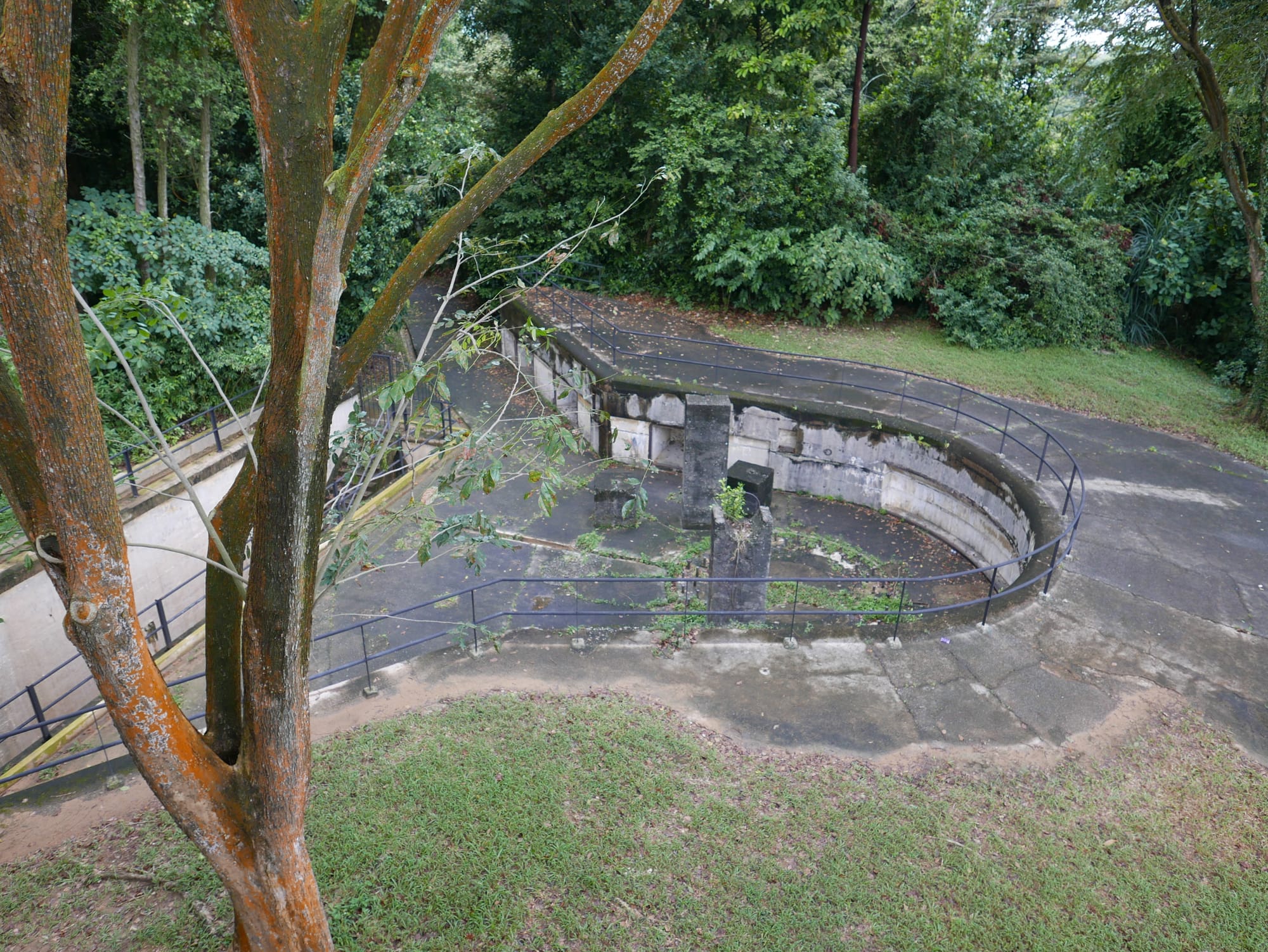
View from the gun emplacement. When the gun was operational, the trees would not have been present.
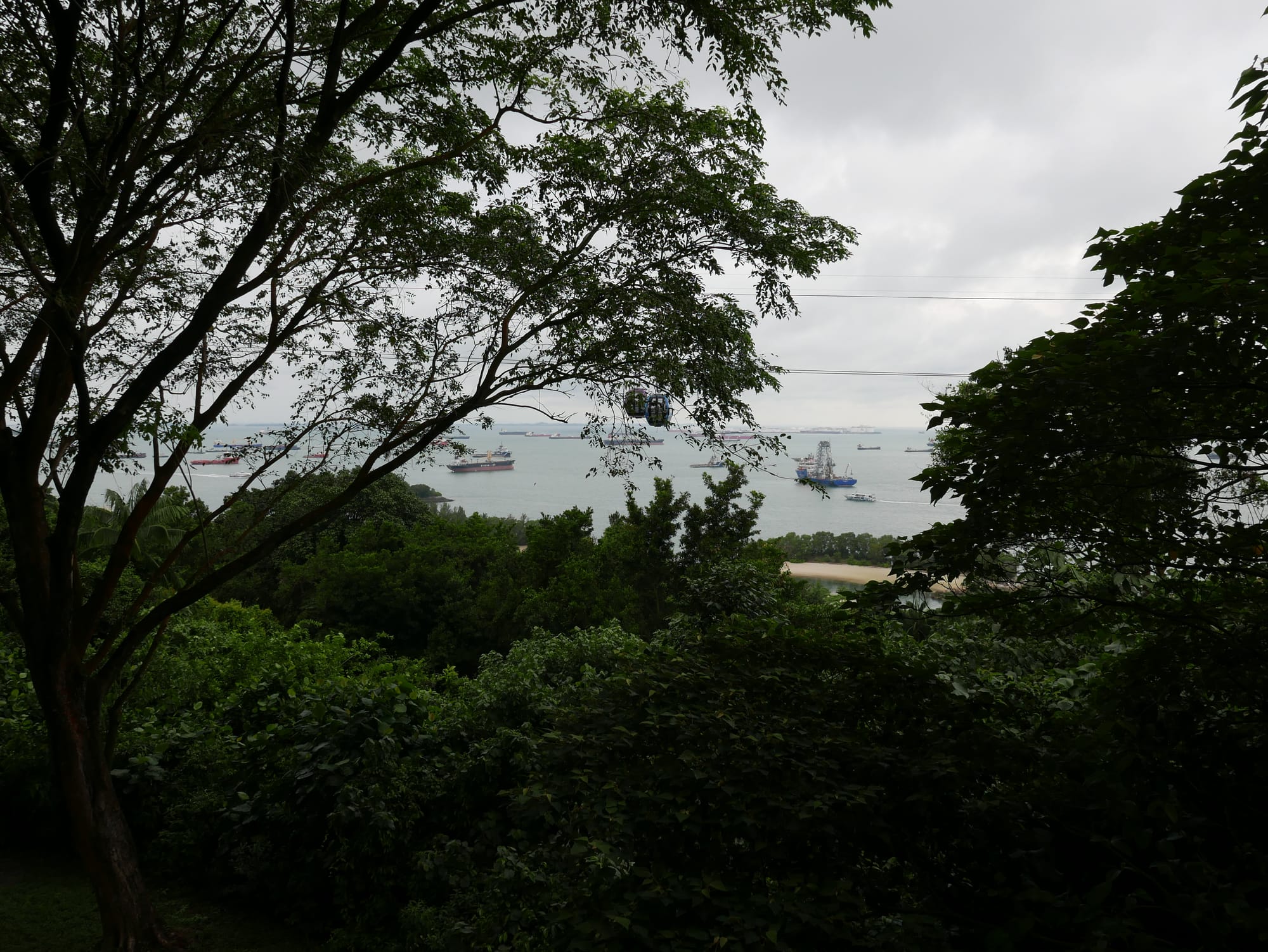
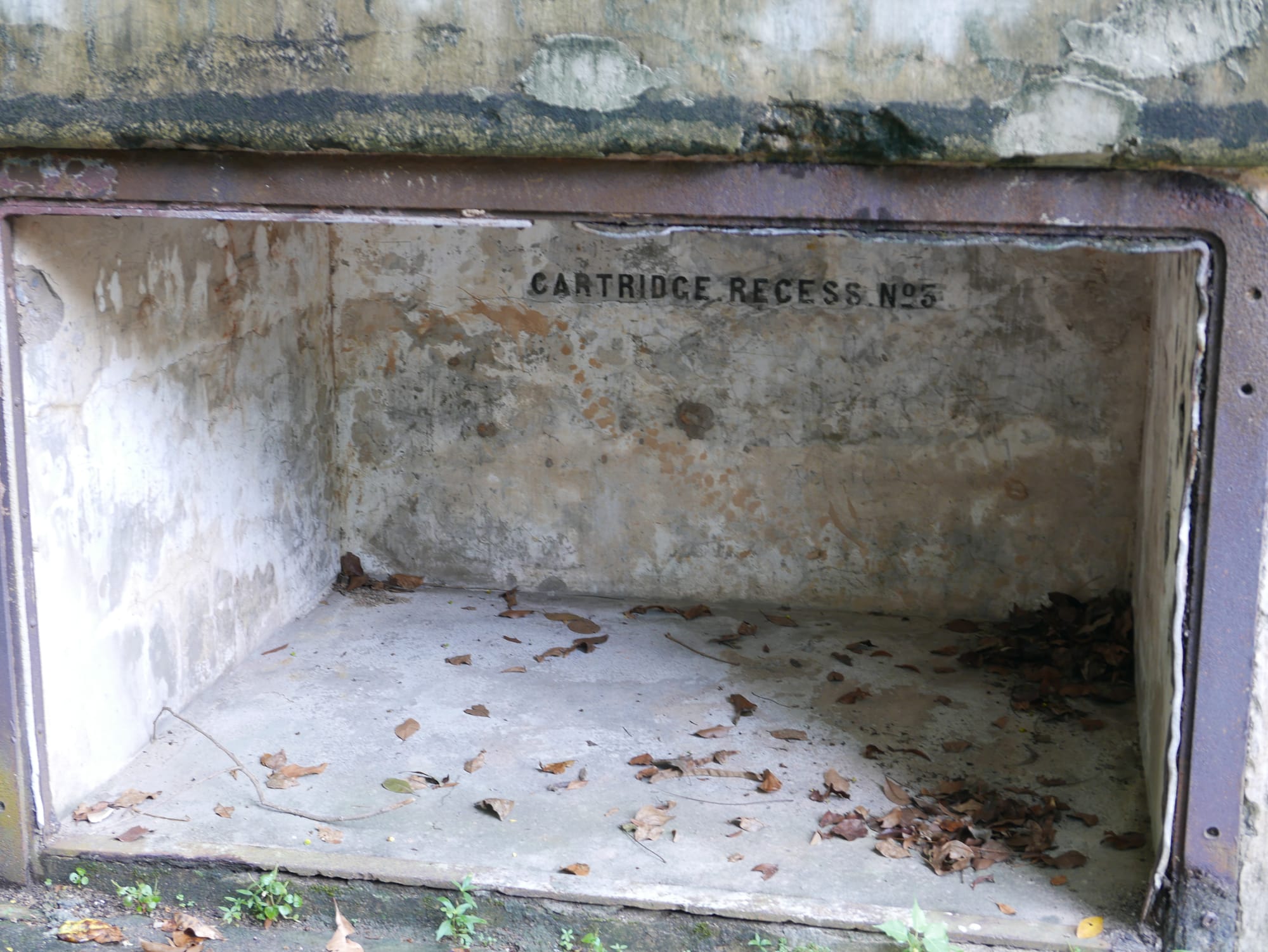
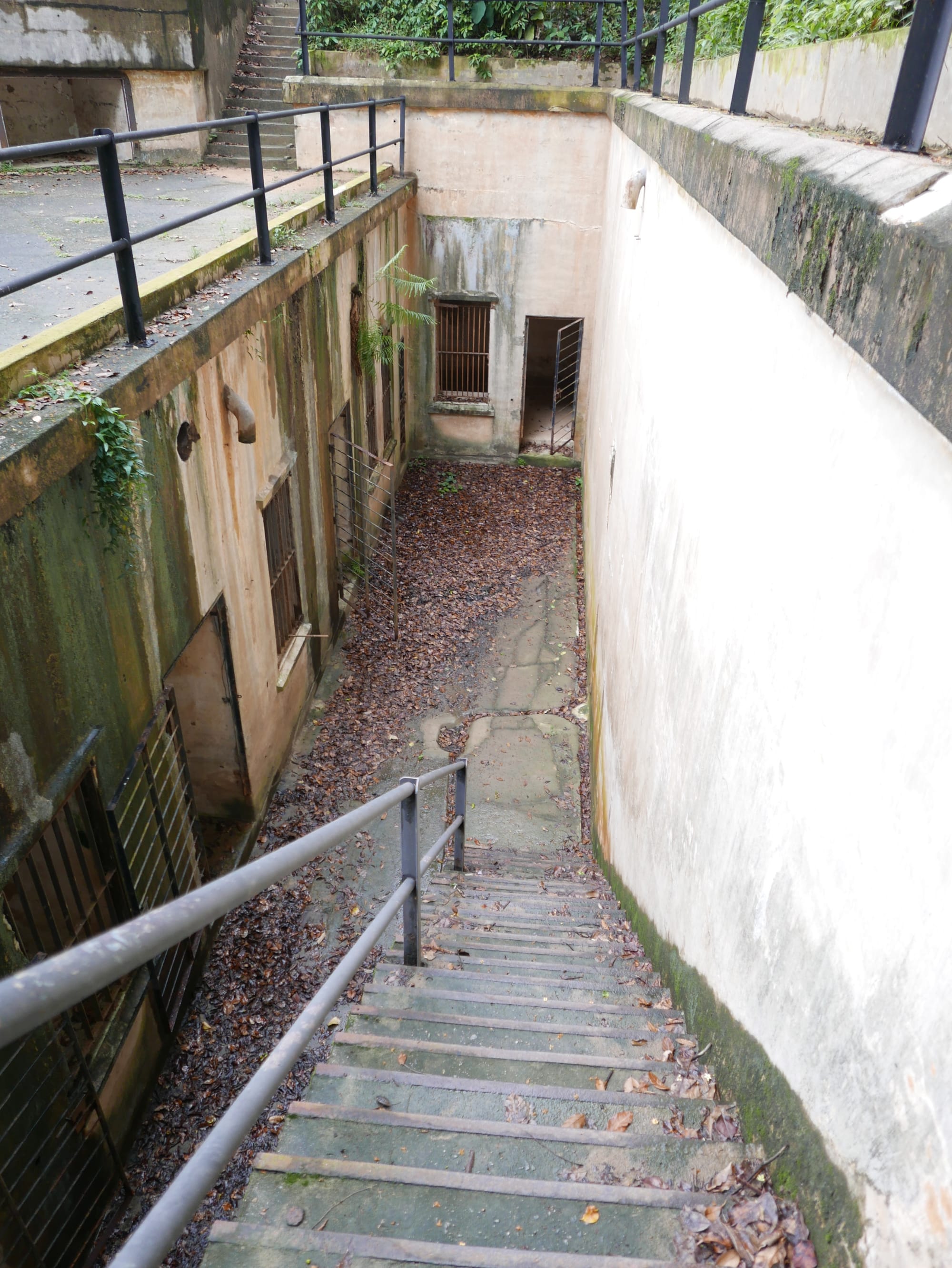
Overall, an impressive structure with a fascinating history and worth the climb up the Imbiah trail.
